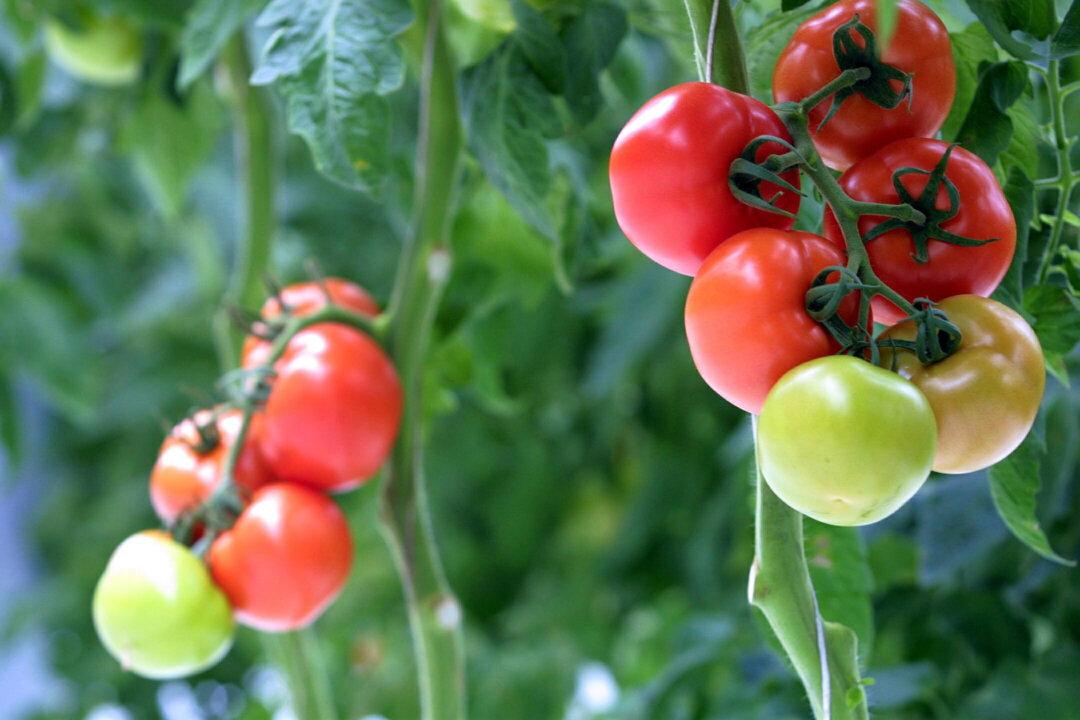Some plants emit a high frequency distress sound when they are placed under environmental stress, a team of researchers at Tel Aviv University in Israel has found.
The team, led by Itzhak Khait, examined the sounds emitted by tomato and tobacco plants when stressed by insufficient water or when their stems are cut. Microphones recorded ultrasonic sounds between 20 and 100 kilohertz emitted by the plants in both cases, the study found.





